What is Reverberation Time (RT60) and How to Calculate It for Room Acoustics
Being able to understand how sound interacts with a room can be both fascinating and incredibly helpful. Reverberation time, commonly referred to as RT60, is a key constituent in acoustics that denotes how long the sound would linger in an enclosed space.
Essentially, RT60 measures the time it takes for a sound to decay away and significantly affects clarity in the spoken word, music, or other audio. That means a well-optimized RT60 in classrooms, recording studios, offices, and other places will ensure clarity and enjoyment, with freedom from excess echo or muddiness of sound.
In this article, we will take a closer look into reverberation time, discuss some of the best RT60-value ranges for various situations, and walk you through an RT60 calculation using quick and easy-to-understand examples. You will be armed with information to assess and improve the listening environment in your rooms for an optimal outcome.
What is Reverberation Time (RT60)?
When we hear sound in an enclosed space, reverberation often influences what we experience: the lingering reflections of sound waves off walls, floors, ceilings, and other surfaces. Reverberation time, specifically RT60, is the metric utilized to describe the length of time these reflections take to fade to the point of inaudibility, generally defined as a 60-decibel drop from the original sound level.
Understanding Reverberation and Echo
It's easy to think of reverberation and echo as the same thing, but they're distinct phenomena. While both are reflections of sound, they differ in how we perceive them:
Reverberation is a subtle, continuous sound decay due to multiple simultaneous reflections. Imagine being in a large hall where your voice fills the space and gently fades out rather than bouncing back to you as a distinct repetition.
Echo is a clear and separate repetition of a sound. Think of yelling into a canyon and hearing your voice distinctly bounce back to you after a slight delay.
Understanding the difference is essential because each phenomenon requires unique considerations when managing room acoustics. Rather than echo, we typically seek to control reverberation indoors to improve sound clarity.
How Sound Interacts with Room Surfaces
The way sound behaves in a room depends mainly on the surfaces within it. Each material has unique acoustic properties that either reflect or absorb sound:
Reflective Surfaces: Hard surfaces like concrete, glass, and polished wood tend to reflect sound, which increases reverberation time. These surfaces make sounds bounce around the room, contributing to a higher RT60.
Absorptive Surfaces: Softer materials like carpets, curtains, upholstery, and foam absorb sound, helping to lower RT60. These materials help reduce the lingering sound, making it easier to hear speech and music.
In a space with many hard, reflective surfaces, sound can feel overwhelming or "boomy." On the other hand, spaces with plenty of soft materials can feel acoustically "dry" and controlled, which is ideal for clear sound. Achieving a balance between reflection and absorption is the goal when optimizing RT60 for any room.
What Happens if the Reverberation Time is Too High?
When reverberation time goes unchecked and becomes too high, it can make sounds muddy, unclear, and difficult to enjoy or understand.
The Impact of Excessive Reverberation
When RT60 is too long, sounds tend to overlap and become indistinct, leading to what's often described as a "muddy" or "boomy" sound quality. Understanding spoken words or distinguishing between musical notes can be incredibly frustrating. For instance:
Speech intelligibility decreases, making conversations harder to follow.
Musical quality can suffer, as overlapping sounds mask individual notes or voices.
Consequences of High RT60 in Specific Settings
Specific environments are susceptible to reverberation time. Let's consider how different spaces can be affected by excessive RT60:
Classrooms: In educational settings, clarity of speech is essential. High reverberation can cause students to struggle to understand their teachers, impacting learning outcomes.
Recording Studios: Clear and accurate sound is critical for audio production. When RT60 is too high, overlapping reflections make capturing or mixing audio accurately challenging, which can compromise the quality of recordings.
Concert Halls and Theaters: While some reverberation adds warmth to the music, too much can drown out individual notes, detracting from the listener's experience.
Managing Reverberation for Better Sound Quality
Reducing reverberation is critical to creating a clean and enjoyable sound environment. Managing reverberation can be achieved by introducing sound-absorbing materials, which help manage RT60. Some popular solutions include:
Foam panels absorb sound effectively, making them ideal for studios or home theatres.
Carpets and curtains: Simple yet effective, they help reduce reverberation, particularly in living spaces and classrooms.
Furniture and decor: Items like bookshelves, sofas, and wall hangings also contribute to sound absorption, softening the acoustics in rooms without significant structural changes.
What is a Good RT60 Value?
The ideal RT60 varies depending on the type of space and its intended use. Generally, the goal is to achieve a reverberation time that complements the room's purpose. Let's look at optimal RT60 values for some standard settings.
Ideal RT60 Values for Various Room Types
Different types of rooms require different reverberation times for optimal sound quality. Here's a guide to recommended RT60 values for a few everyday environments:
Home Theaters: An RT60 of 0.2 to 0.4 seconds helps achieve a rich, immersive sound without excessive echo, making every whisper and explosion sound just right.
Classrooms: For clear speech, an RT60 under 0.6 seconds is recommended. This supports comprehension and reduces strain on both teachers and students.
Concert Halls and Churches: Longer reverberation times, between 1.8 and 2.2 seconds, are ideal. This range enhances music, giving it warmth and depth without overwhelming clarity.
Factors Influencing Optimal RT60
Several factors play into finding the best RT60 for a given space:
Room Size: Large spaces naturally have longer RT60s due to increased volume, so adjustments are needed to achieve clarity.
Surface Materials: Reflective surfaces extend reverberation time, while absorptive materials reduce it.
Room Purpose: Different uses call for different reverberation times; a classroom requires a much shorter RT60 than a concert hall.
Balancing these factors helps create an acoustically pleasing environment that suits the room's intended function, whether for speech, music, or overall ambiance.
How to Calculate RT60 of a Room
Calculation of RT60 might sound technical, but it is quite possible to master this with the right formula and tool. One of the popular methods was developed by the acoustician Wallace Clement Sabine, known as Sabine's formula. Let me break down how it is calculated.
Introduction to Sabine's Formula
Sabine's formula is a reliable way to estimate RT60 by considering the room's volume and the sound absorption characteristics of its surfaces. The formula is:
RT60=0.161×VART60 = \frac{0.161 \times V}{A}RT60=A0.161×V
Where:
VVV is the room volume in cubic meters.
AAA is the total sound absorption area in the room, calculated based on the absorption properties of the room's surfaces.
Step-by-Step Calculation of RT60
Here's a simple step-by-step guide to calculating RT60:
Calculate Room Volume: Measure the length, width, and height of the room, then multiply these dimensions to get the volume in cubic meters.
Determine Surface Absorption Coefficients: Each material has a specific absorption coefficient (concrete may have 0.15, while carpet may have 0.5). Calculate the total sound absorption by factoring each surface's area and absorption coefficient.
Apply Sabine's Formula: Plug these values into the formula to get the RT60.
For example, let's say you have a room measuring 5x5x3 meters, with a mix of surfaces like brick walls and carpeted floors. You'd calculate the total absorption for each material and then apply it to Sabine's formula to get an approximate RT60.
Tools for Measuring RT60
For those less inclined toward manual calculations, several tools can simplify the process:
Sound Level Meters and RT60 Apps: Smartphone apps (like AudioTools) and basic sound level meters allow you to measure RT60 quickly and accurately.
Acoustic Software Solutions: Programs like Room EQ Wizard offer in-depth RT60 analysis, ideal for more complex spaces like recording studios.
Practical Tips for Managing Reverberation Time in Different Spaces
Achieving the right reverberation time for any room can be simple and inexpensive. From installing acoustic panels to simple DIY solutions, here are practical ways to control RT60 effectively.
Acoustic Treatment Solutions
Depending on the type of room and its purpose, different treatments can help manage reverberation:
Sound-Absorbing Panels: Installing these on walls or ceilings can significantly lower RT60 in offices or theatres.
Curtains, Carpets, and Furniture: Soft furnishings can absorb sound effectively in spaces where installing panels isn't feasible.
Ceiling Treatments: Acoustic ceiling tiles are popular in commercial spaces for controlling overhead sound reflections.
Conclusion
Acoustics are based on reverberation time, directly influencing sound quality and clarity in any enclosed area. Understanding and controlling RT60 allows you to tailor your environment for the most desirable sound, clear speech, immersive music, or comfortable background audio. Whether adjusting the acoustics of your home theatre or improving clarity within a classroom, an RT60 calculation and proper acoustic treatment are recommended.
If you're ready to take control over the acoustics of the room, then calculate the RT60 in your space or consult a professional who can help optimize it. A more balanced, clear, and appealing sound environment that suits needs can be observed with the right approach.


